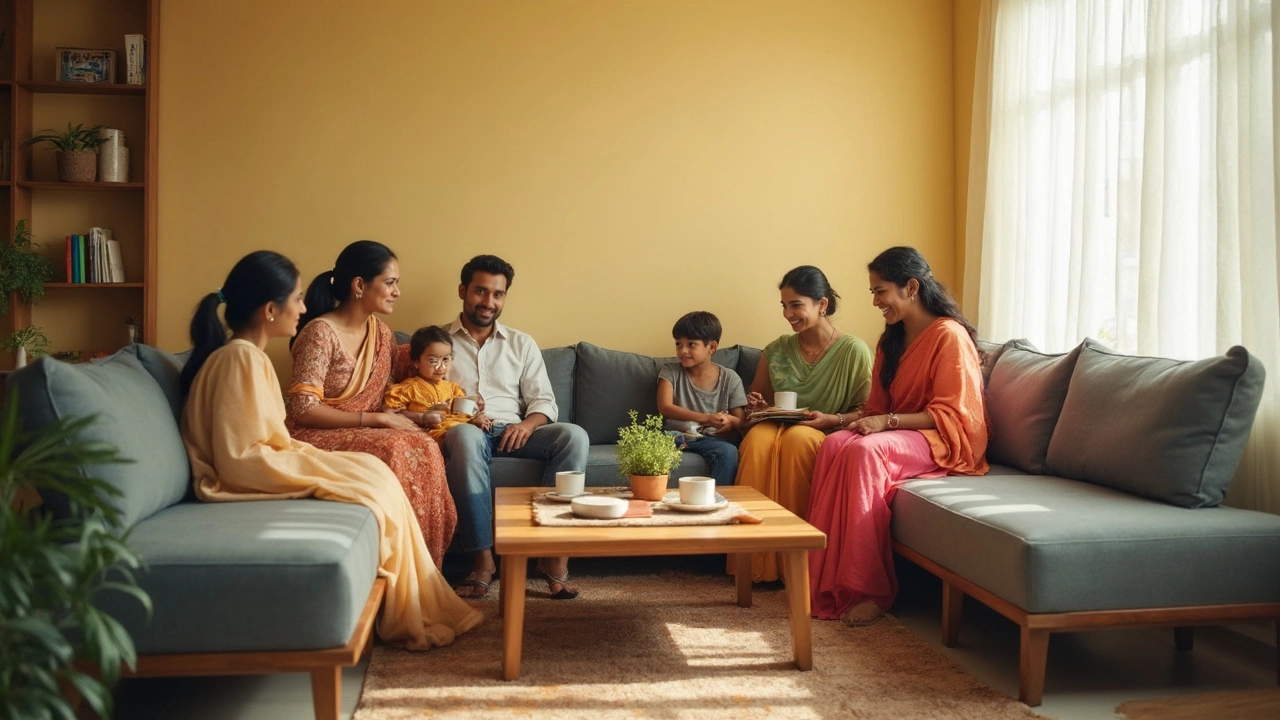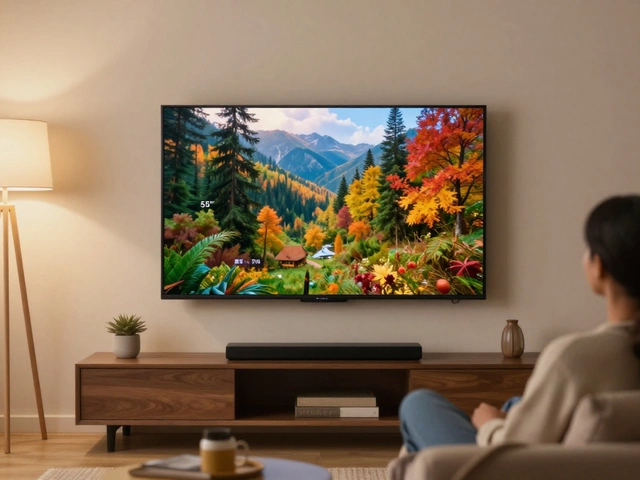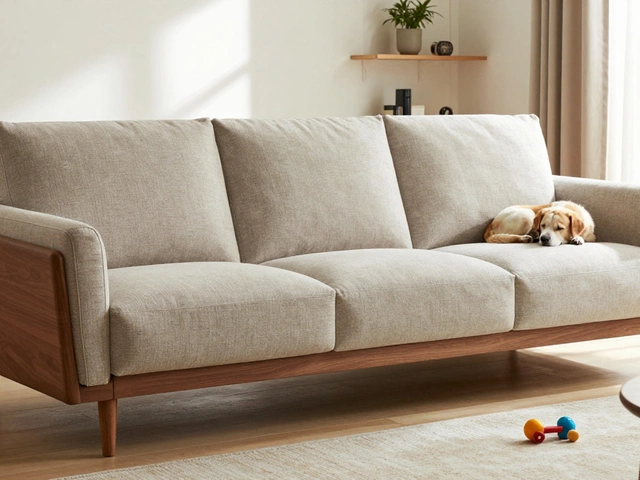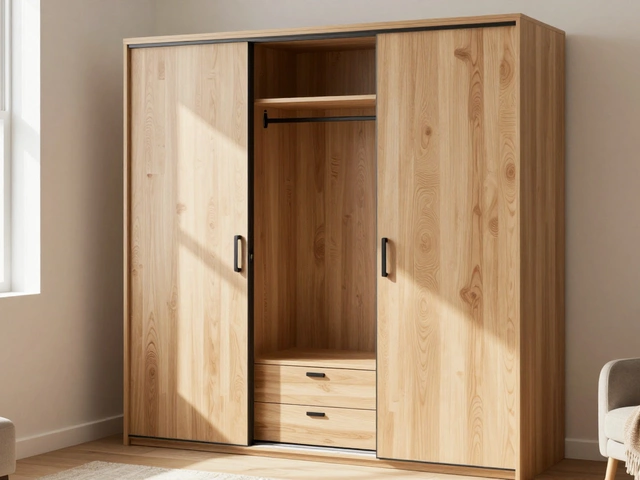Wall Color Made Simple: Pick the Right Paint for Every Room
Choosing a wall color can feel like a huge decision, but it doesn’t have to be stressful. The right hue can brighten a cramped space, make a room feel cozier, or highlight the furniture you love. Below you’ll get straight‑forward advice you can use right now, no design degree required.
How Light Changes the Look
Natural light is the biggest game‑changer. A sunny room will make most colors look lighter and more vibrant, while a room that relies on artificial light can mute shades. If a space gets lots of morning sun, you can safely go for deeper tones like navy or forest green. For darker rooms, stick to lighter neutrals—soft gray, warm beige, or pale blue—because they reflect what little light is there and keep the space from feeling cave‑like.
Don’t forget the direction of the light. North‑facing windows bring cool light, so warm colors (like buttery yellow or peach) balance the chill. South‑facing windows give warm light, which pairs well with cooler tones (like slate gray or sage). Test the paint on a small patch of wall and watch it at different times of day before committing.
Choosing Colors by Room Size & Mood
Big rooms can handle bold hues. If you have a spacious living area, try a statement wall in a rich teal or rust. The rest of the room can stay neutral so the color doesn’t overwhelm. For tiny rooms, go light. Whites, off‑whites, and light pastels bounce light around, creating an illusion of extra space.
Mood matters too. Want a calm vibe in the bedroom? Soft blues or muted greens are proven to lower stress. For a lively kitchen, consider sunny yellow or a citrus orange—these colors stimulate appetite and conversation. In a home office, a mild gray or muted teal can boost focus without being too stark.
When you pair paint with furniture, think about contrast. A dark sofa against a light wall looks anchored, while a light chair on a dark wall adds visual interest. If you love patterns, use the wall color as a backdrop and let patterned fabrics or art do the talking.
Finish matters. Matte finishes hide wall imperfections, making them ideal for older walls. Semi‑gloss is great for trim and doors because it’s easy to clean. If you’re painting a high‑traffic area like a hallway, choose a durable, low‑sheen finish to keep the look fresh longer.
Finally, trust your gut. Paint swatches look great on a screen, but the real test is how they feel in your space. Grab a few samples, tape them to the wall, and live with them for a day. If you still like it after a night’s sleep, you’ve probably found the right color.
With these simple steps—consider light, room size, mood, and finish—you’ll pick a wall color that makes your home feel just right. Happy painting!
Should Walls Be Lighter or Darker Than Couch? What Works Best with Your Coffee Table
Ever stared at your couch, glanced at the walls, and wondered if they’re fighting for attention? This article actually answers whether your walls should be lighter or darker than your couch, especially if you’re trying to style everything around a coffee table. You’ll find out what works best in real homes—not just designer showrooms. Get tips on color tricks, layout wins, and what really helps your coffee table stand out without making the whole room feel weird. Grab ideas that actually make picking paint and furniture fun, not stressful.





